When I teach the lecture about the 5 Shu transporting points, most of my students look like deer in headlights! They appear confused and lost, so I try to make it simple and easier to grasp. Especially when it comes to using the Shu points with the generating sequence of the 5 Elements (The Mother-Son relationship).
I hope you enjoy and benefit from this made easy VIDEO and of course, keep rocking it using the Shu Transporting points!
Clara
TCM Geek
PS: Don’t miss the LUO connecting points and if you enjoy my graphics, check out my illustrated guide for acupuncture points.
The Shu Transporting points characteristics:
- These points are located below the elbows and the knees, and are much more dynamic than other points, which explains their frequent use in clinical practice.
– Jing-Well points are where Qi is most superficial. They address LV disorders, chest area and rib region.
– Ying-Spring points are where Qi quickens. They address HT disorders and febrile diseases.
– Shu-Stream points are where meridians broaden. They address SP disorders, and excess dampness.
– Jing-River points are where Qi deepens. They address LU disorders and superficial symptoms.
– He-Sea points are where Qi plunges into the body. They address KD, LU & ST disorders. - With each body of water (Well, Spring, Stream, etc), the amount of Qi and Blood increases or decreases. For example, the He-Sea points have the most amount of Qi & Blood and the Jing-Well points have the least amount of Qi & Blood (a well is a much smaller body of water than a sea).
- They can also be used for the mother-son relationship of the 5 elements generating sequence.
For Deficiency Syndrome: tonify the mother point of the affected meridian, or the mother meridian.
For Excess Syndrome: clear the son point of the affected meridian, or the son meridian.

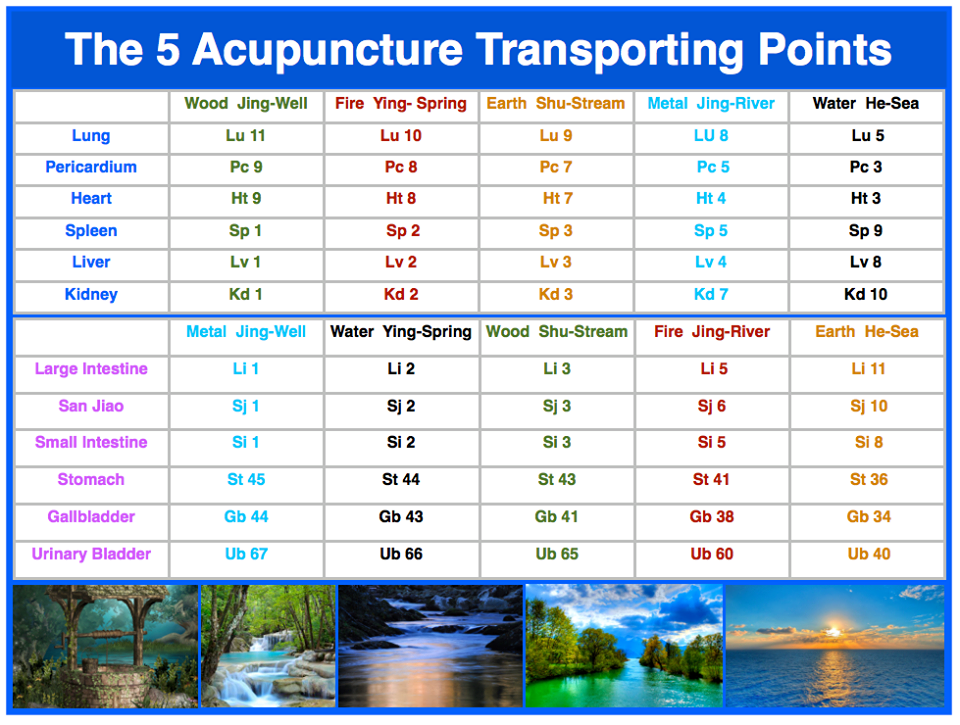
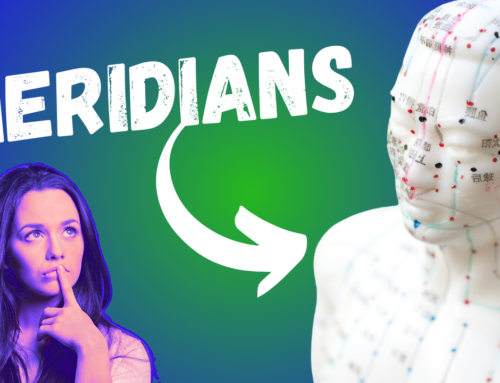
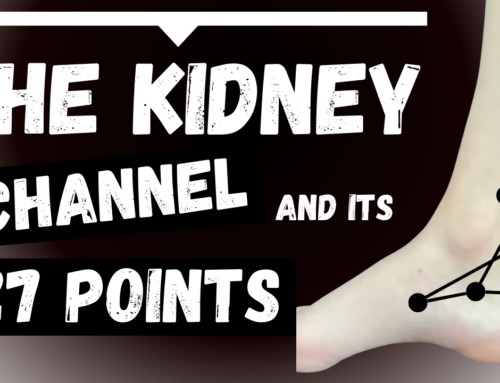
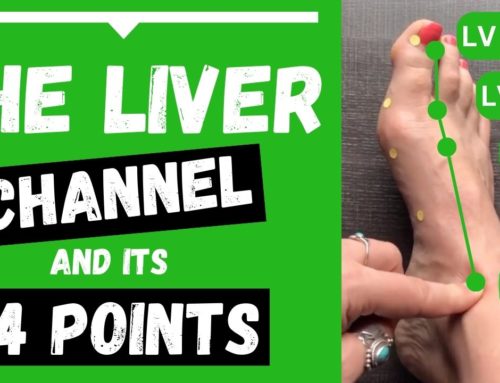
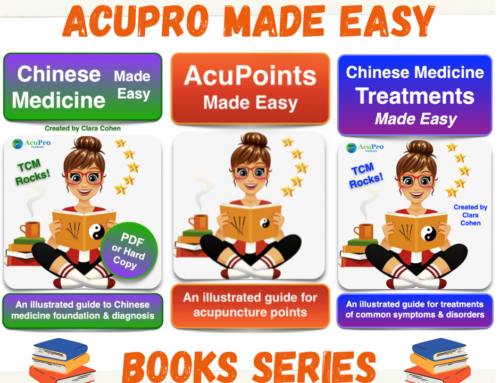
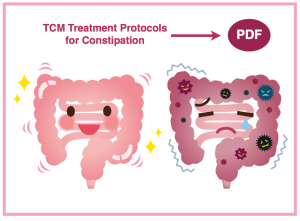
Very nice and useful way to learn the 5 Transporting Points. Thank you
My pleasure Carmen 🙂
Thank you so much Clara ma’am..it’s really amazing learning with you..now m very clear about point choosing from mother son relationship.. great teaching.. really looking forward vedios like this in future..
You’re welcome Suresh 🙂
Very. Informative
Bravo, wonderfully explained , dokeep up the good work.
Vous êtes formidable merçi pour tout ceque vous présentez mes respects
Tout le plaisir est pour moi 🙂
very much thanks for your work
ıt is amazing Gratitudes for your guidance
Gunay Apak
You are awesome, loved learning from you. No one would have taught better than this. Thanks a lot.
My pleasure Lilly 🙂
finally! the deer is not so bewildered anymore! thank you!!!
hahaha perfect 🙂
Thank you sooo much! I had studied Acupuncture years ago, but recently have been in a crash course maner, i have been refreshing my knowledge to treat my cat in Kidney Failure. Not remembering yet how to correctly balance my cat, her Kidney Values came down, but her Liver Values spiked from 100 – 500. Your video is very clear and helpful. Right now I’m using Luo Pts to try to balance her, but don’t remember exactly how to do this. My cat is my soulmate, so if you have any suggestions, they will be greatly appreciated.
So happy I could clarify things for you Alys ?
Excellent! Your ability to make what others make complicated, easy to understand, is so very much appreciated.
Thank you Patricia! So happy you enjoy my work ?
Love learning from you. Your books are amazing. Will watch this piece again a few times. The deer has a light bulb above the head flickering but not quite plugged into the full 5 element Shu voltage clearly yet. Thanks for your brilliance and FUN fantastic approach to teaching and learning.
Hahaha, I love the deer analogy! Keep watching and your Eureka moment will appear 😍